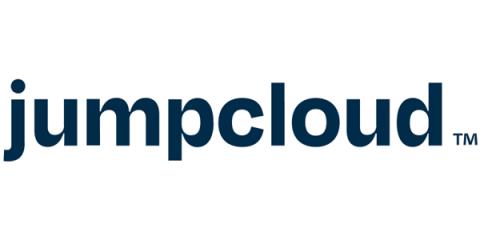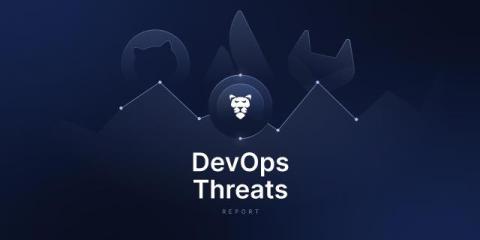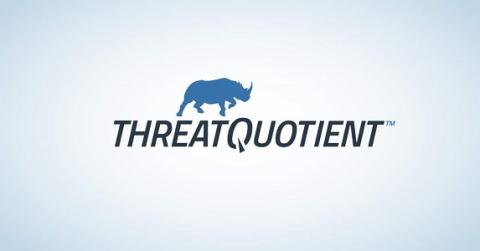What Is SaaS Sprawl? How to Manage It
Think of a cluttered desk, but on a digital scale. Businesses rely on hundreds of cloud-based, third-party Software-as-a-Service (SaaS) applications. Over a quarter (28%) of SME employees require 11 or more tools to manage the worker lifecycle. From the end user perspective, this isn’t a bad thing at all. Why not? SaaS applications are easy to activate, often coming with free editions or low-cost versions that accomplish a specialized task.











